Types of Clay Used in Teapot Making: A Deep Dive for Tea Lovers
Introduction
When you pour a perfect cup of tea, the humble teapot often sits at the heart of the ritual. But did you know that the clay your teapot is made from can shape the taste, aroma, and even the experience of every brew? The types of clay used in teapot making aren’t just about tradition or aesthetics—they play a direct role in how your tea tastes and how your teapot feels in your hands. For centuries, crafts people around the globe have cultivated clays and techniques that are particular to their own time and place, resulting in teapots that have their own distinct likeness, and sometimes even taste. Whether you’re an experienced tea fan or a novice looking to improve your tea drinking experience, knowing the types of teapot clays will aid you in selecting the perfect vessel for your perfect leaves. In this guide, you’ll discover the main clays behind the world’s best teapots, how each affects your tea, and practical tips for choosing & caring for your next teapot. Let’s jump into the earthy world of teapot clays and develop a deeper appreciation for this timeless craft.
Why Choosing Clay is Crucial
Pause for a moment and imagine the perfect teapot. It likely feels reassuringly heavy but soft to the touch, retains heat, and—above all else—delivers a smooth, subtle sip time and time again. But what’s going on behind the scenes? The clay that a teapot is made with doesn’t only determine how the pot looks or how long it lasts, but it could have a hand in defining your entire tea experience. Flavor and Aroma: Some clays are inherently porous, allowing the teapot to absorb traces of tea with continued use. This “seasons” the pot, leading to a richer, more complex brew, a characteristic appreciated by many traditionalists. Others such as porcelain provide a neutral, non-porous surface so that the pure flavor of your tea is highlighted every time. Heat Retention: Clays have different properties of heat retention and transmission. A good way to illustrate this point is to compare a porcelain and Yixing teapot. The thick and mineral-rich walls of a Yixing teapot retain heat and keep a tea warm for longer. Porcelain heats up fast but it also loses heat very fast. Heat retention properties of porcelain make it a preferred type of material for brewing sensitive green or white teas. Aesthetics and Culture: The right clay can turn what might otherwise be a mundane functional tool into an object of beauty and interest. From the earthy texture and muted colours of Tokoname teapots to the bright smooth glazes of porcelain, different clays have their own distinct beauty. Many of the world’s most famous tea cultures—China, Japan, England—are all intimately tied to the clays they use and the unique ways they’ve found to shape them. Durability: Certain clays produce teapots strong enough to withstand daily, travel, and extensive types of usage while other teapots are most suitable for special occasions. Understanding the various strengths and weaknesses of teapots will give you a better idea of which teapot will be strong enough for your lifestyle. Ultimately, you’re not just choosing a pot, you’re choosing a brewing partner that

Main Types of Clay for Teapot Making
Yixing (Zisha) Clay
No overview of the types of clay used in teapot making would be complete without Yixing clay. Hailing from Jiangsu Province in China, Yixing (also known as Zisha, or “purple sand clay”) has been the gold standard for artisan teapots since the 15th century. The most fascinating thing about Yixing clay is its distinctive mineral composition, which blends kaolin, quartz, mica, and is rich in iron oxide. This combination brings out the Yixing teapot’s iconic earth tones, which range from deep purples to warm reds, to mellow yellows. What do tea enthusiasts love about Yixing teapots? The porous texture of the clay. The clay absorbs the minute oils and flavours from each pot of tea. The pot essentially remembers your choice of tea and you deepen and refine the flavour each time you use it. Some collectors like to use the one Yixing teapot only to brew one kind of tea e.g. oolong or pu-erh so that the clay seasons each successive brew. Collectors prize these teapots which become heirlooms, handed down from one generation to the next.
Types of Yixing clay:
Even the China National Tea Museum experts say: “A real purple sand teapot after years of proper use will make tea so fragrant and mellow it is almost like an elixir.” Yixing teapots are particularly used to brew teas with a strong flavor, such as oolong, pu-erh and black tea. They are especially useful for yins in which black, white or green tea is steeped more than once, since the Yixing clay absorbs the essence of the tea as it brews.
Stoneware
If you’re after versatility, stoneware is one of the most popular types of clay used in teapot making around the globe. Stoneware sits between earthenware and porcelain in terms of firing temperature and density. It’s fired at high temperatures—usually around 1200°C to 1300°C—which results in a dense, durable, and semi-vitreous material.
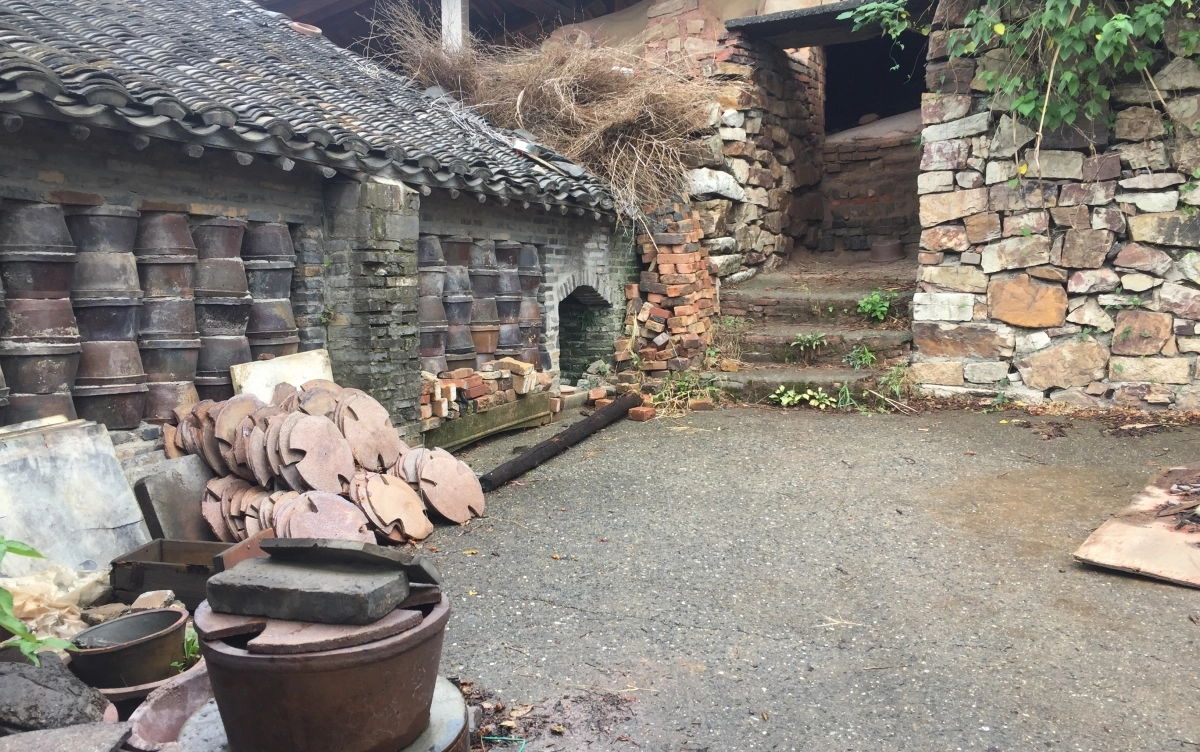
Key characteristics of stoneware teapots:
The heat retention of stoneware is decent, which makes it a dependable option for brewing black, herbal, and even some green teas. The semi-porous material means the teapot will slowly build up a character of its own, but you’ll be spared the worry of “ghost flavors” that you would face with Yixing. In Japan, stoneware teapots including Banko-yaki and Bizen-yaki have long been valued for their earthy aesthetic and their gentle flavor smoothing effect on aggressive teas. In the west, stoneware is celebrated for its durability and unpretentious cost. Most stoneware teapots are also dishwasher-safe (a practical perk the purists probably won’t condone but the time-poor tea lovers will).
Porcelain
Porcelain represents the refined, elegant side of the universe of types of clay used in teapot making. First developed in China over a thousand years ago, porcelain is made from a blend of kaolin (a pure, white clay), feldspar, and quartz. It’s fired at extremely high temperatures—sometimes reaching 1400°C—creating a non-porous, glass-like surface that’s both beautiful and practical.
Benefits of porcelain teapots:
Porcelain teapots work well for brewing light and delicate teas like green teas, white teas, and lightly oxidized oolongs. The clay doesn’t hold on to flavors, meaning you can brew a different tea in your pot every day without it developing a permanent flavor. On the other hand, porcelain teapots don’t hold heat as well as stoneware or Yixing teapots, so you’re best off brewing teas that don’t take too long to steep. Fun fact: In the 18th century, “china” (as porcelain was known in Europe) was so highly prized that entire fortunes were spent merely to acquire porcelain teapots and cups and put them on display. Some of the most expensive antique teapots in the world today are made from high-quality Chinese porcelain.
Tokoname Clay
Head to Japan and Tokoname clay is at the centre of its teapot tradition. An iron-rich red clay from Tokoname city in Aichi Prefecture, Tokoname clay has been the go-to material for Japanese teapots for hundreds of years. Tokoname teapots, or kyusu, are prized for their simple elegance and for their ability to gently soften the taste of Japanese green teas.
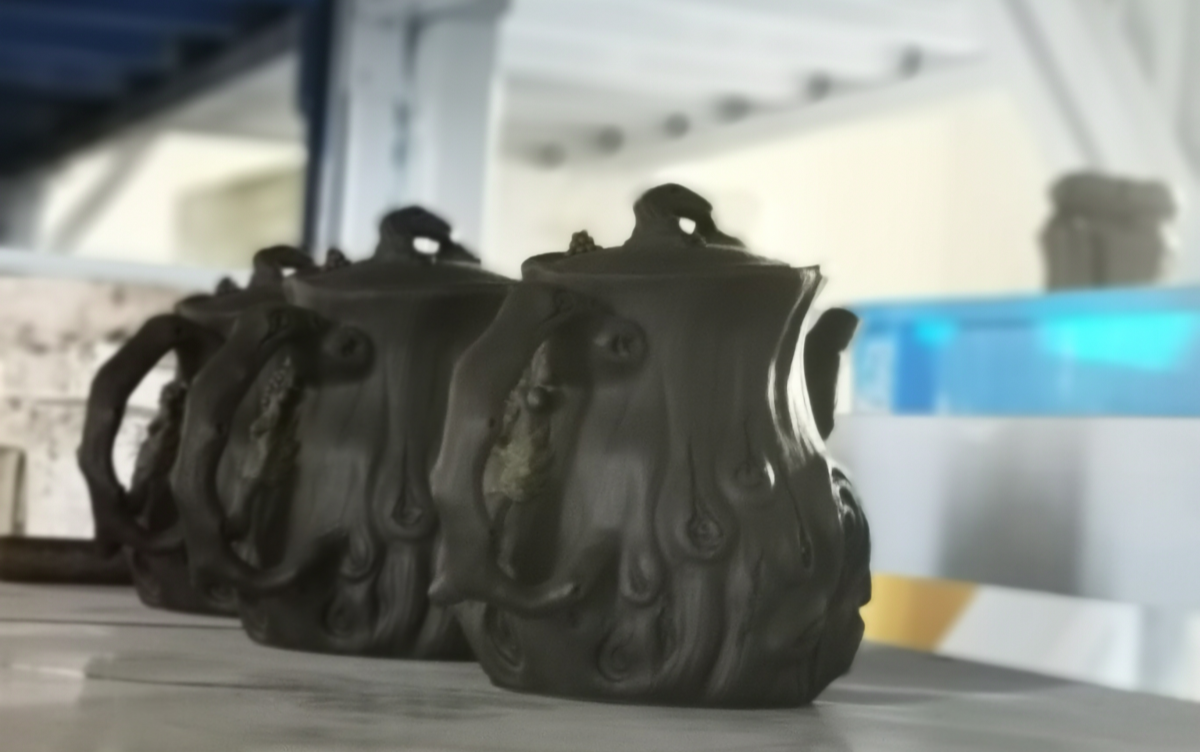
What’s so special about Tokoname clay?
Anecdotal evidence from Japanese tea masters suggests that Tokoname clay teapots allow fine green teas such as sencha and gyokuro to steep to their best advantage. The clay is slightly porous so that in time the pot is well seasoned, but not so porous that flavors from one brew to the next remain in the pot.
Earthenware
The last type of clay that potters have used to make teapots is earthenware. One of the oldest pottery materials, earthenware is low-fire clay (fired to around 1000°C) that is fairly porous. It’s usually associated with rustic, hand-built teapots made in folk traditions all over the world, from English brown betty teapots to Mediterranean and Middle Eastern forms.
Earthenware teapots have:
No longer the darling of the fine-tea world, earthenware pots are yet treasured by many tea drinkers for their economy and well-loved, old-timey feel. Like stoneware, earthenware is somewhat more prone to chipping and cracking than porcelain; because of their high porosity, flavors also tend to become part of the body of the pot.
Comparing the Main Clay Types Used in Teapot Making
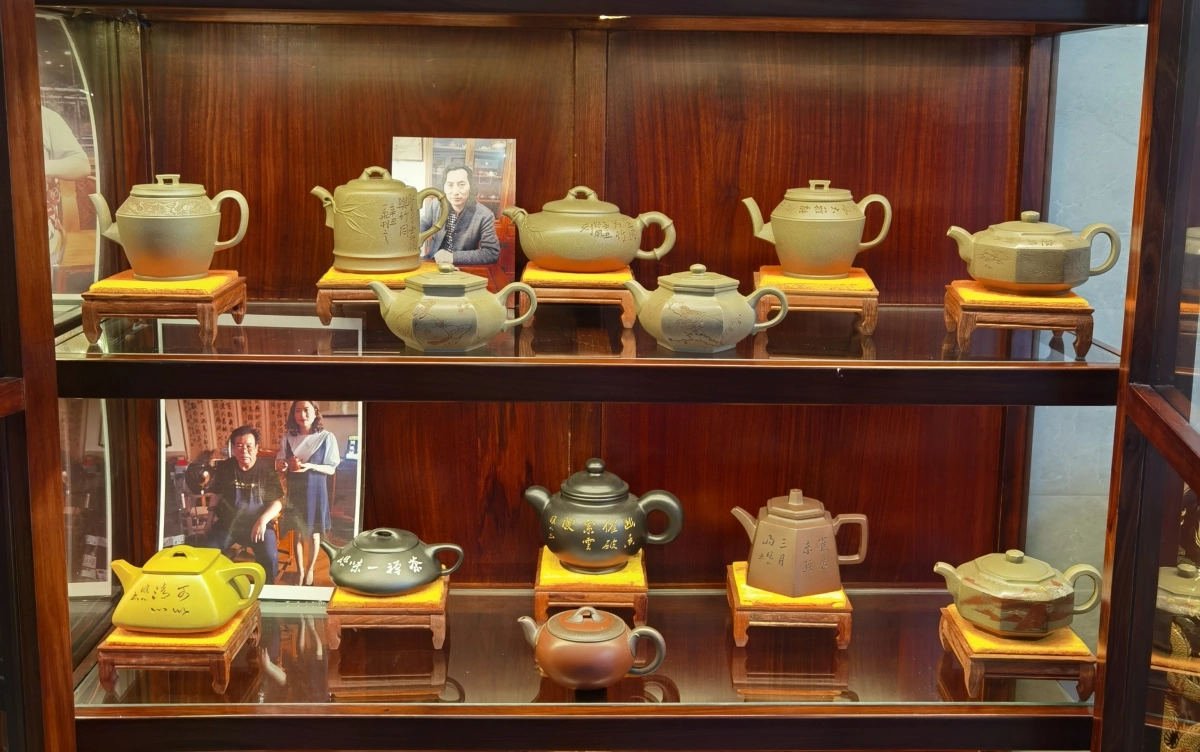
Choosing the right teapot clay isn’t just a matter of taste or tradition—it’s about matching the vessel to your brewing style and favorite teas. Let’s break down the essential differences among the major types of clay used in teapot making with a handy comparison table, plus some practical guidance to help you make the smartest choice.
| Clay Type | Porosity | Heat Retention | Color | Best For |
|---|---|---|---|---|
| Yixing (Zisha) | High | Excellent | Purple/Red/Yellow | Oolong, Pu-erh |
| Tokoname | Med-High | Very Good | Red/Brown | Green, Black |
| Stoneware | Medium | Good | Grey/Brown | Herbal, Black |
| Porcelain | Low | Moderate | White | Green, White, Oolong |
| Earthenware | High | Moderate | Brown/Red | Folk, Spiced, Chai |
Data Source: Evaluation based on ISO 14507:2018 (Ceramic and glass product standards) and PGI specifications for Yixing products from Jiangsu Province Protected Geographical Indication registry
URL: http://www.cnipa.gov.cn/art/2020/7/1/art_2225_494.html
Notes: Details porosity, heat retention, and color of Yixing clay (zisha), emphasizing optimal use for Oolong and Pu-erh teas.
Data Source: Ministry of Economy, Trade and Industry (Japan) – Traditional Craft Products (Tokoname Ware)
URL: https://www.meti.go.jp/english/policy/mono_info_service/mono/traditional_crafts/index.html
Notes: Tokoname-yaki is a traditional Japanese pottery known for high iron content, reddish-brown clay body, and excellent heat resistance — used primarily for green and black teas.
Key takeaways
Easy reference tips
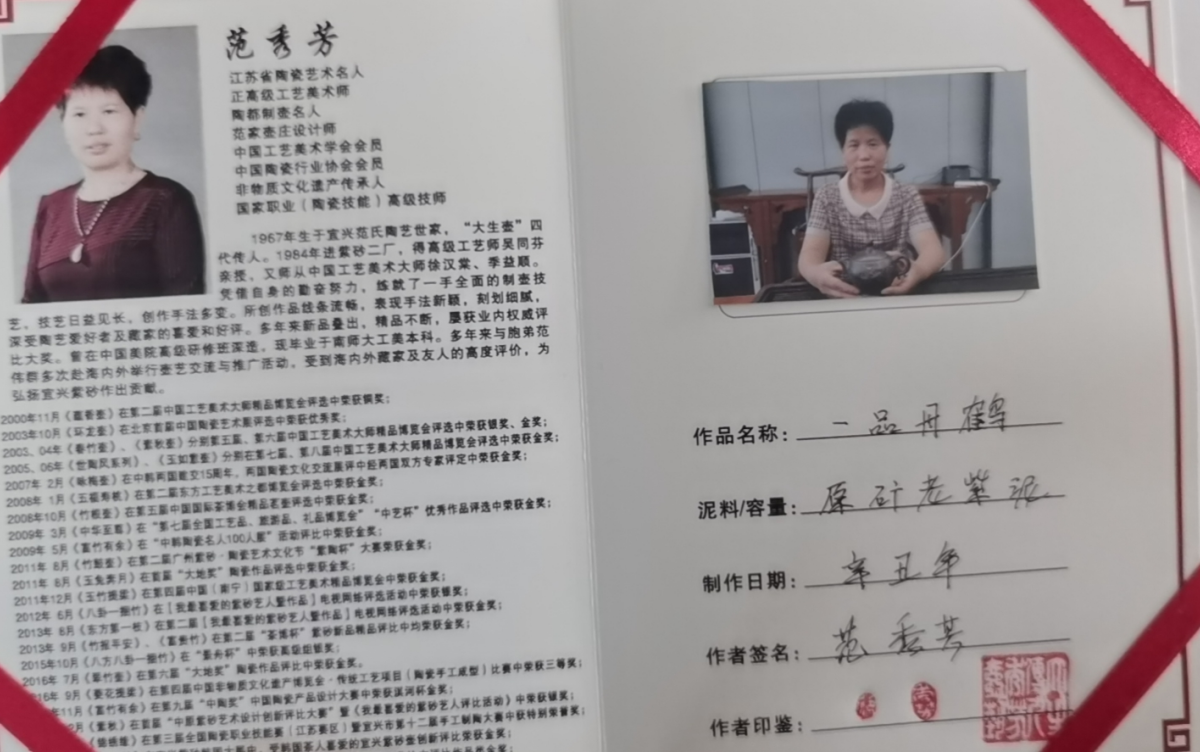
Fun Fact: The Tea Research Institute in China has shown that “trained” Yixing Teapots can improve the aroma and taste(pharyngeal rhyme) of Pu-erh tea by 10%–20% in comparison to tea brewed with glass and porcelain teapots! The porous clay in Yixing teapots reacts with the volatile oils in tea to create a more deeply layered taste with every successive infusing.
Frequently Asked Questions About Types of Clay Used in Teapot Making
Which Teapot Clay Should I Choose?
Choosing your ideal teapot clay involves balancing a few considerations:
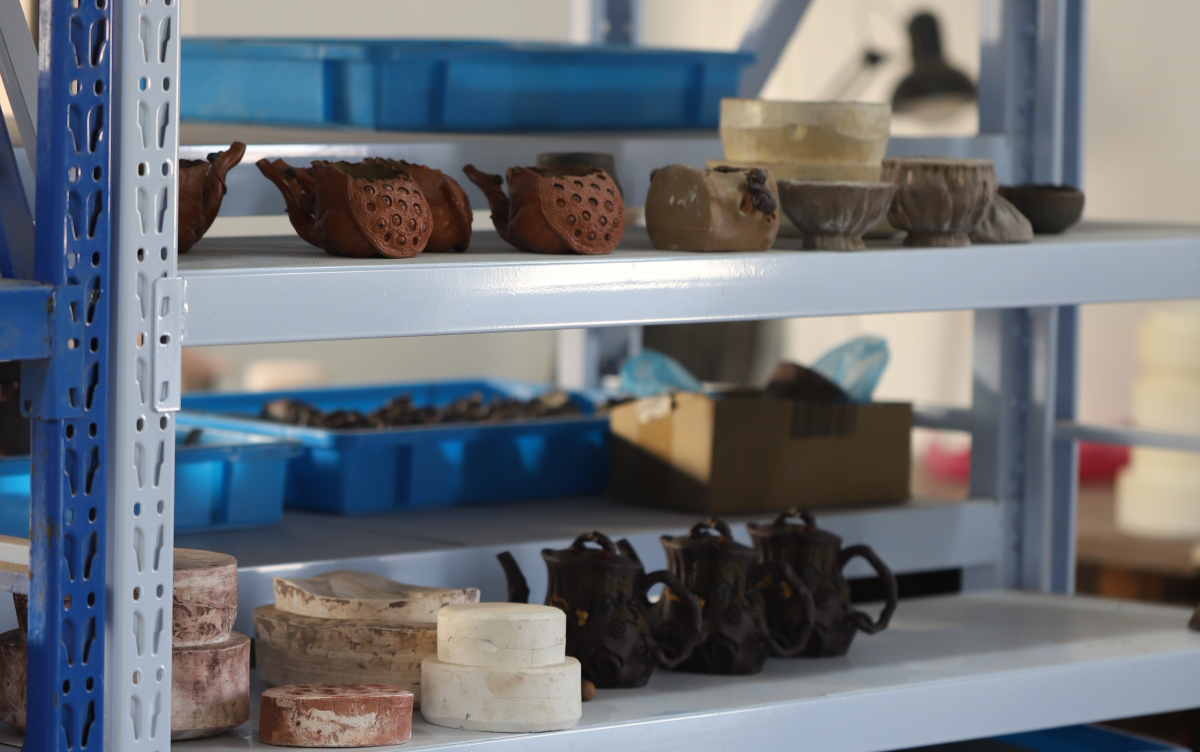
Tea Preferences:
Brewing Habits:
Aesthetics and Tradition:
Tips for Buying and Caring for Clay Teapots
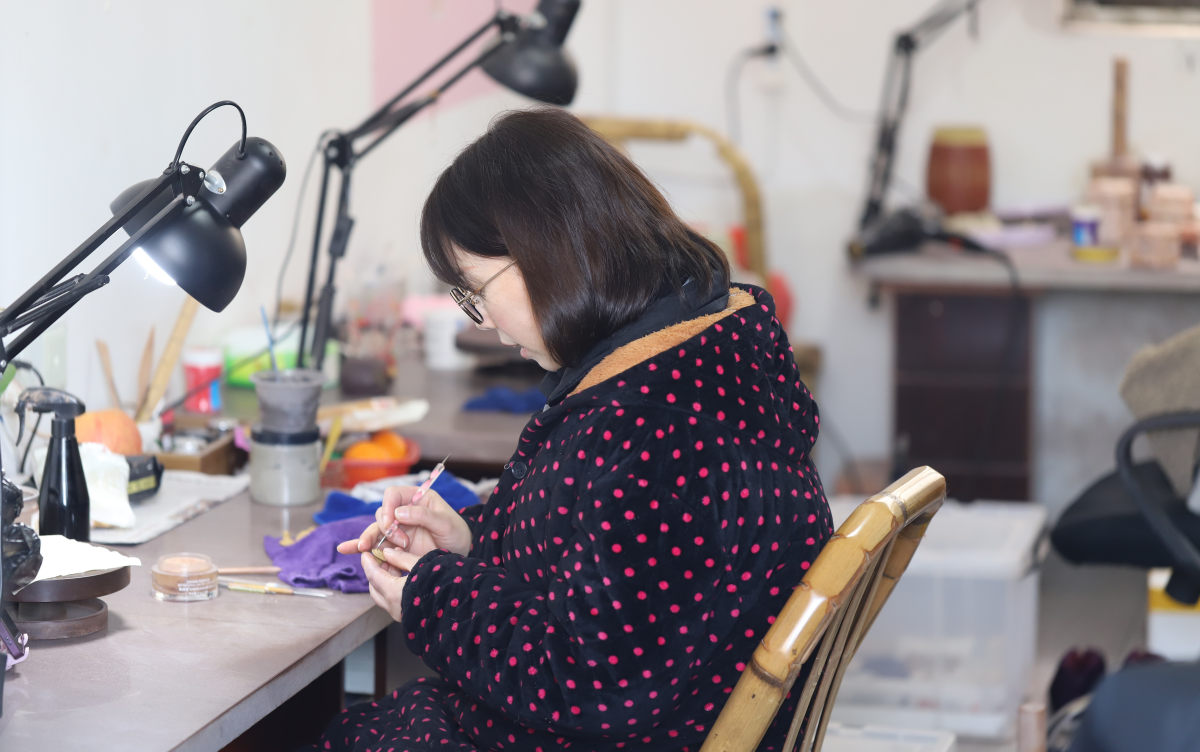
Case Study: Many diehard tea collectors in Shanghai assign dozens of Yixing teapots to different harvests and even regions, believing that the clay can coax out subtle underlying differences in terroir.
Conclusion
The realm of clays employed in teapot crafting mirrors the diversity of teas themselves. Whether it’s the legendary Yixing pot, imbued with a flavor deepened by time; the unlined, crystalline elegance of porcelain, the rustic appeal of Tokoname teapots and other earthenware; or the character of stoneware, each offers something unique to the tea ceremony. Whatever you may be brewing, whether it be a delicate white tea or a bold pu-erh, there is a perfect teapot to steep each cup in beauty, history, and charm. Explore various clays, play with your favorite teas, and find out how much the ideal teapot can enhance every cup of tea. After all, tea is more than just beverage, it is an experience, and the vessel you select is so often part of the story.




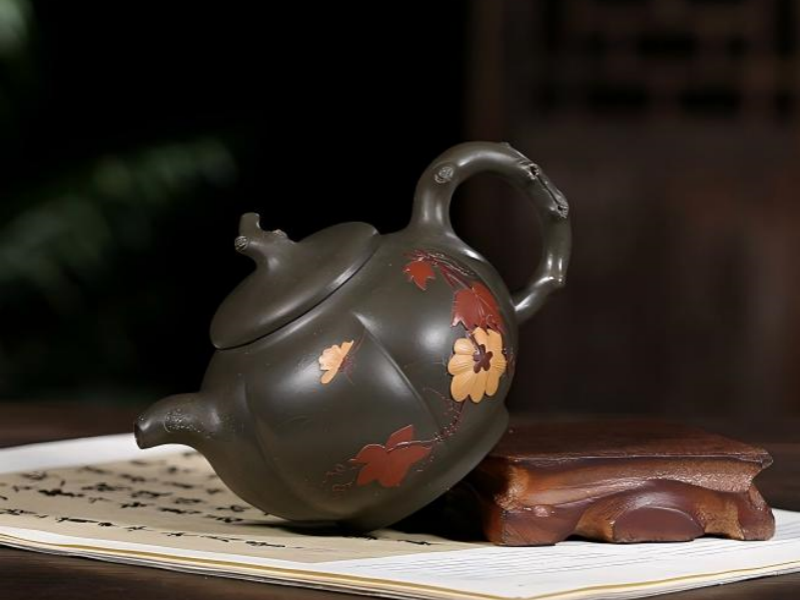



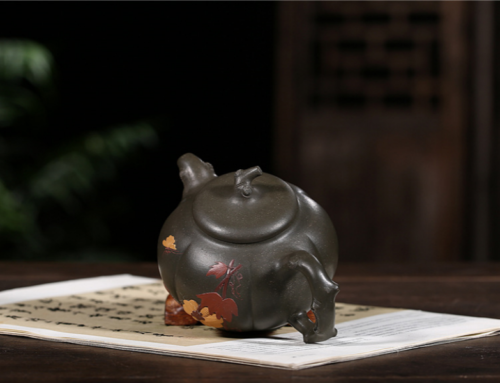
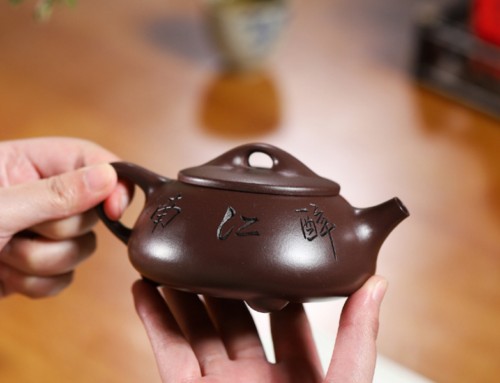



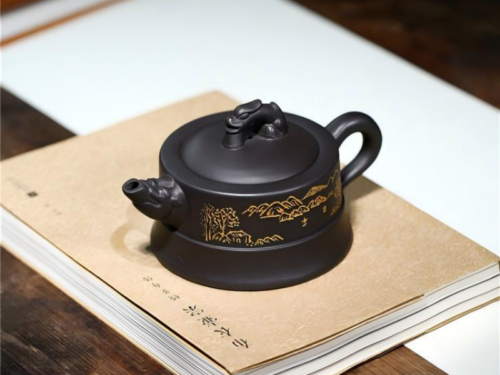 Mountain Spring - Premium Zhuni Clay for Wuyi Oolong | Yserene
Mountain Spring - Premium Zhuni Clay for Wuyi Oolong | Yserene 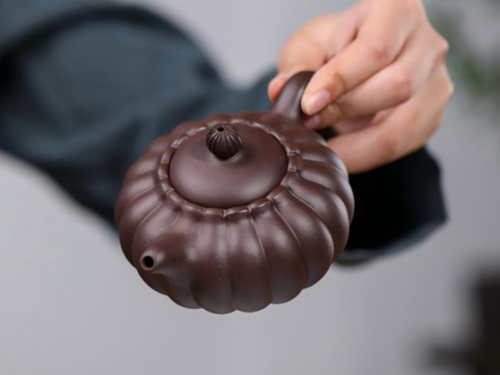 Ancient Dragon - Handcrafted Yixing Zisha for Puerh Tea | Yserene
Ancient Dragon - Handcrafted Yixing Zisha for Puerh Tea | Yserene